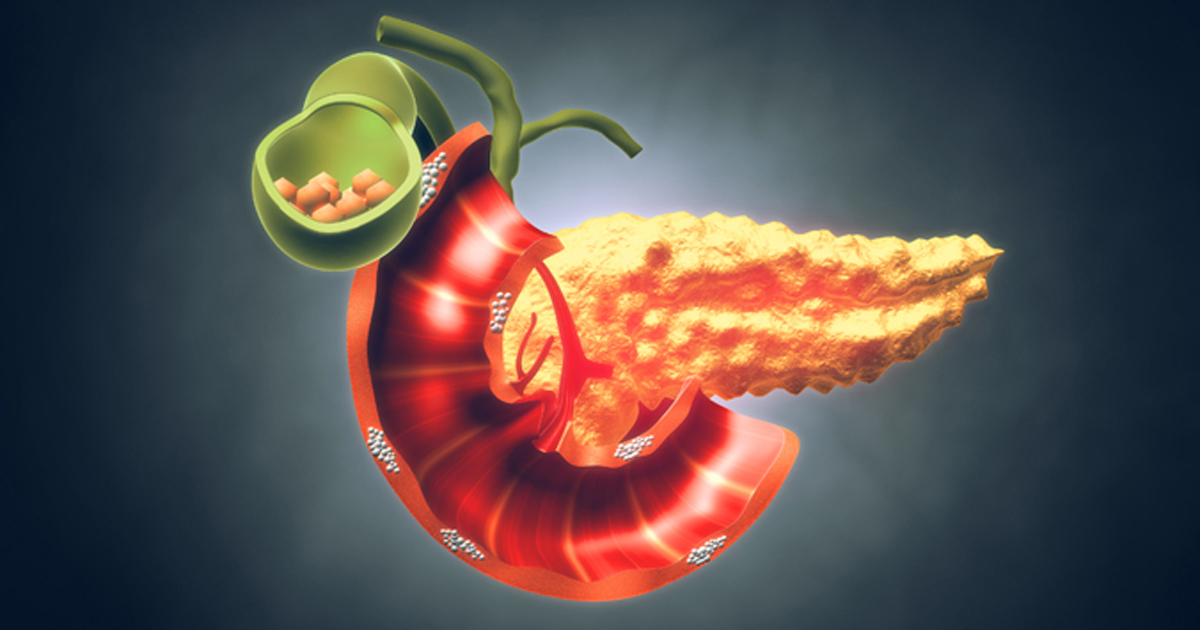Partial pancreatectomy increases risk for ‘type 3c’ diabetes
Adults who undergo partial pancreatectomy are at increased risk for developing a form of new-onset diabetes known as “type 3c,” or pancreatogenic diabetes, with the level of risk influenced by the type and volume of pancreatic resection and preoperative glycemic control, according to findings from a systematic review published in Clinical Endocrinology.
“Clinicians treating patients who are planned for or have undergone pancreatic surgery should be aware of the risk for diabetes mellitus and relative insulin deficiency,” Linda Wu, MD, BMed, BSc (Med) Hons, an endocrine advanced trainee at Royal North Shore Hospital in Sydney, told Healio. “Patients need to be counseled regarding this risk and appropriate investigations should be undertaken to screen for the development of diabetes on follow-up after surgery.”
Wu and colleagues analyzed data from 36 case-control and cohort studies with 9,970 participants published between 1990 and 2018, reporting on incidence of new-onset diabetes after pancreatic resection, often called type 3c diabetes (28 retrospective; eight prospective; 34 observational). Indications for surgery included malignant, premalignant or benign pancreatic lesions and chronic pancreatitis. Researchers used a random-effects model to calculate pooled effect size.
Within the cohort, 5,636 participants underwent pancreaticoduodenectomy, 3,922 participants underwent distal pancreatectomy and 315 participants underwent central pancreatectomy.

The incidence of new-onset diabetes varied between participants by type of resection. Rate for new-onset diabetes was between 9% and 24% after pancreaticoduodenectomy (pooled estimate, 16%; 95% CI, 14-17), between 3% and 40% after distal pancreatectomy (pooled estimate, 21%; 95% CI, 16-25) and between zero and 14% after central pancreatectomy (pooled estimate, 6%; 95% CI, 3-9). Median time to onset of diabetes ranged from 3 to 15 months after surgery.
In subanalyses, researchers found that surgical site, higher preoperative HbA1c, fasting plasma glucose and lower remnant pancreatic volume were most strongly associated with new-onset diabetes.
Wu said prospective data collected with a greater focus on preoperative and postoperative glycemic outcomes, HbA1c, insulin and C-peptide levels will help determine which measures are most reliable for diagnosing type 3c diabetes.
“Similarly, prospective data from larger cohorts will help to establish which treatments are most effective in this relatively insulin-deficient population,” Wu said. – by Regina Schaffer
For more information:
Linda Wu, MD, BMed, BSc (Med) Hons, can be reached at Royal North Shore Hospital, Department of Endocrinology, Reserve Road, St. Leonards NSW 2065, Australia; email: linda.wu.inbox@gmail.com.
Disclosures: The authors report no relevant financial disclosures.
